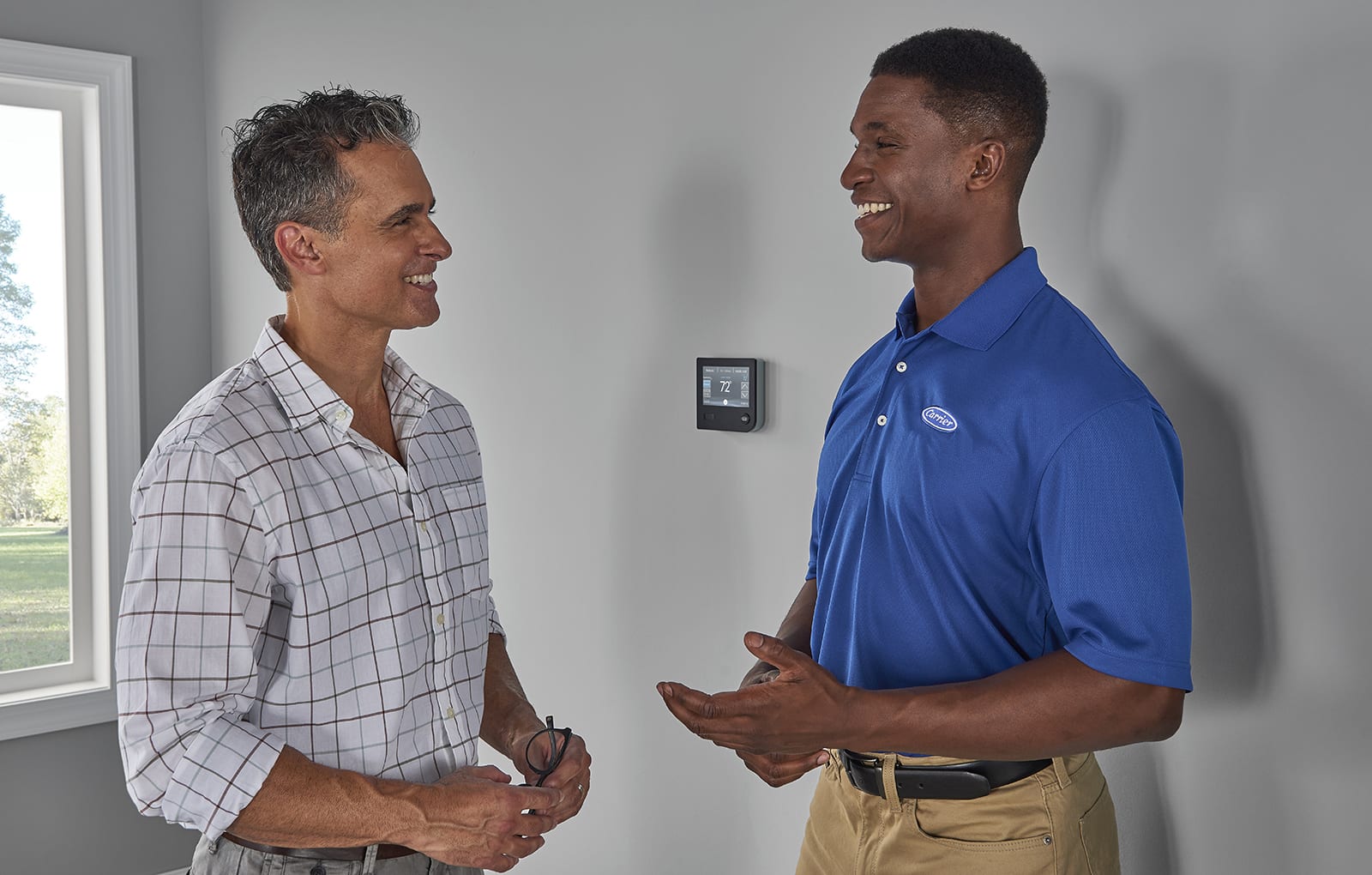Evaporator Coils vs. Condenser Coils
Have you been asking yourself what are evaporator coils vs. condenser coils? The world of HVAC systems can be complex and understanding the distinctions between these two crucial components is essential. In this article, we will dive into the intricate workings of evaporator coils vs. condenser coils.

What is a coil in an air conditioner?
off, let’s answer the question “What is an evaporator coil in an air conditioner?” In an air conditioning system, a coil refers to a component that plays a crucial role in the cooling process of your home. The coils in AC systems are typically made of copper or aluminum. These materials offer excellent heat transfer properties and durability, making them suitable for a coil’s function. Air conditioning systems typically have two types of coils: the evaporator coil and the condensing coil.
What is an AC evaporator coil?
Now let’s answer the question “What is an AC evaporator coil?” The evaporator coil is located inside the indoor unit of an air conditioning system. The coil contains a network of tubes that are often made of copper or aluminum and are responsible for absorbing the heat from indoor air. As the refrigerant passes through the coil, it undergoes a phase change from a liquid to a gas. This process absorbs heat from the surrounding air, thereby cooling it down. The cooled air is then circulated back into the room.
What is a condenser coil?
Now let’s explain “What is a condenser coil?” The AC condenser coil is in the outdoor unit of an air conditioning system. Its primary function is to release the heat that was absorbed by the evaporator coil. The condenser coil consists of a network of tubes, like the evaporator coil. When the refrigerant, now in a hot gaseous state, flows through the condenser coil, it releases the absorbed heat to the outside environment. This heat transfer process causes the refrigerant to condense back into a liquid form. The condensed refrigerant is then pumped back to the evaporator coil to repeat the cooling cycle.
How Do AC Evaporator Coils and Condenser Coils Work Together?
Refrigerant enters the evaporator coil from through copper tubing that is connected to your outdoor unit. Once inside, it absorbs the heat from the air blowing over it. Moisture in the air is condensed into water on the coils, which then empties into the drain pan. Removing this moisture lowers the temperature of the air blown into your home, creating a more comfortable environment.
The now-warm refrigerant flows to the outdoor unit. The refrigerant then runs through the condenser coil, where the heat is expelled to the outdoor air. The refrigerant then travels back inside to the evaporator coil to repeat the process.

Learn More About Air Conditioner Evaporator Coils and Condenser Coils
Schedule an appointment with your local Carrier dealer to get all of your evaporator coil and condenser coil questions answered and to get a Carrier HVAC system installed at your home. Carrier dealers provide standout installation, maintenance, and service of condenser coils, evaporator coils, and all HVAC products.
Frequently Asked Questions About AC Coils
Learn More About AC Coils
- Browse Carrier evaporator coils
- Replacing Your AC Evaporator Coils
- How to Clean Evaporator Coils
- Learn about frozen evaporator coils


